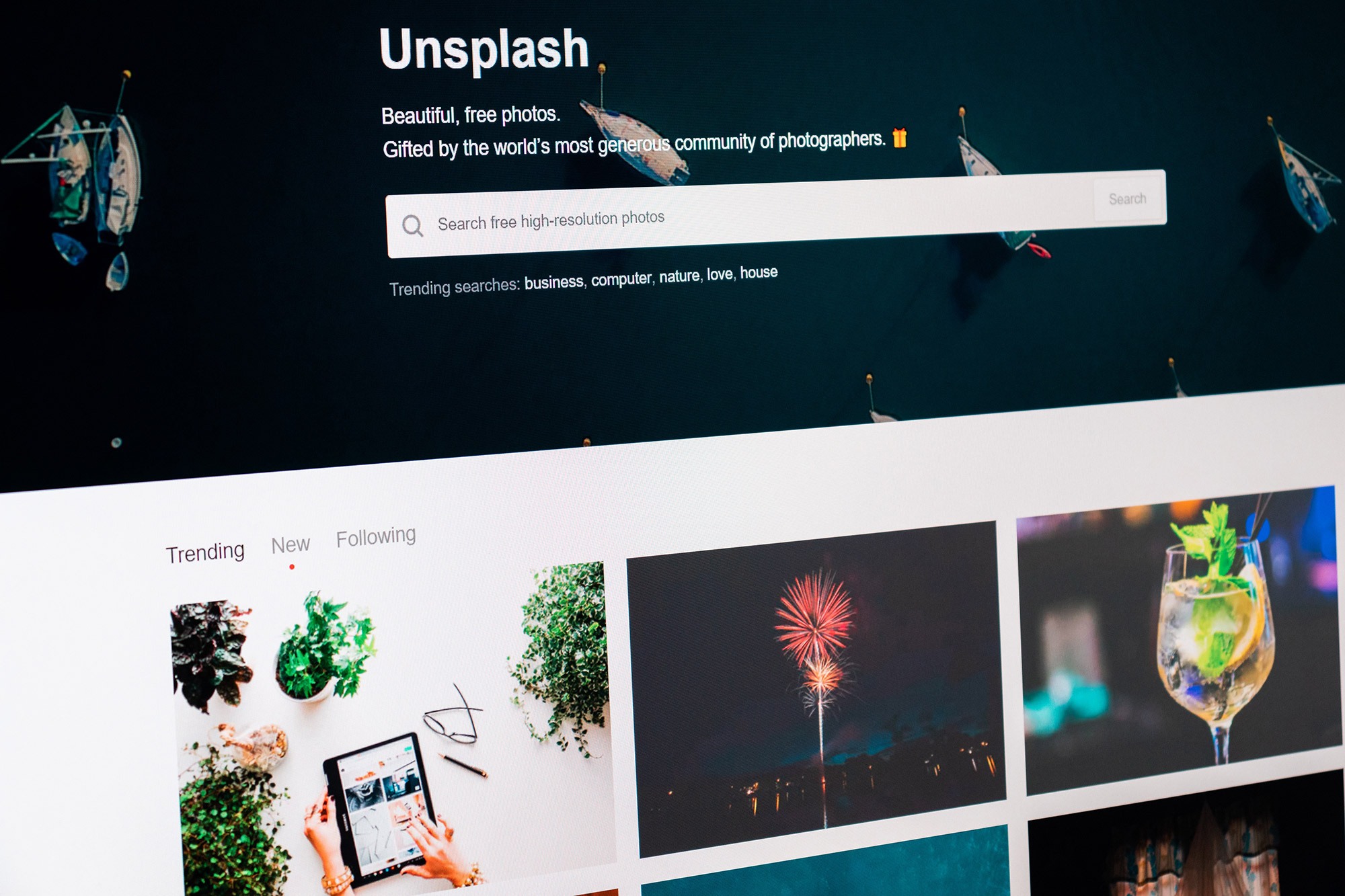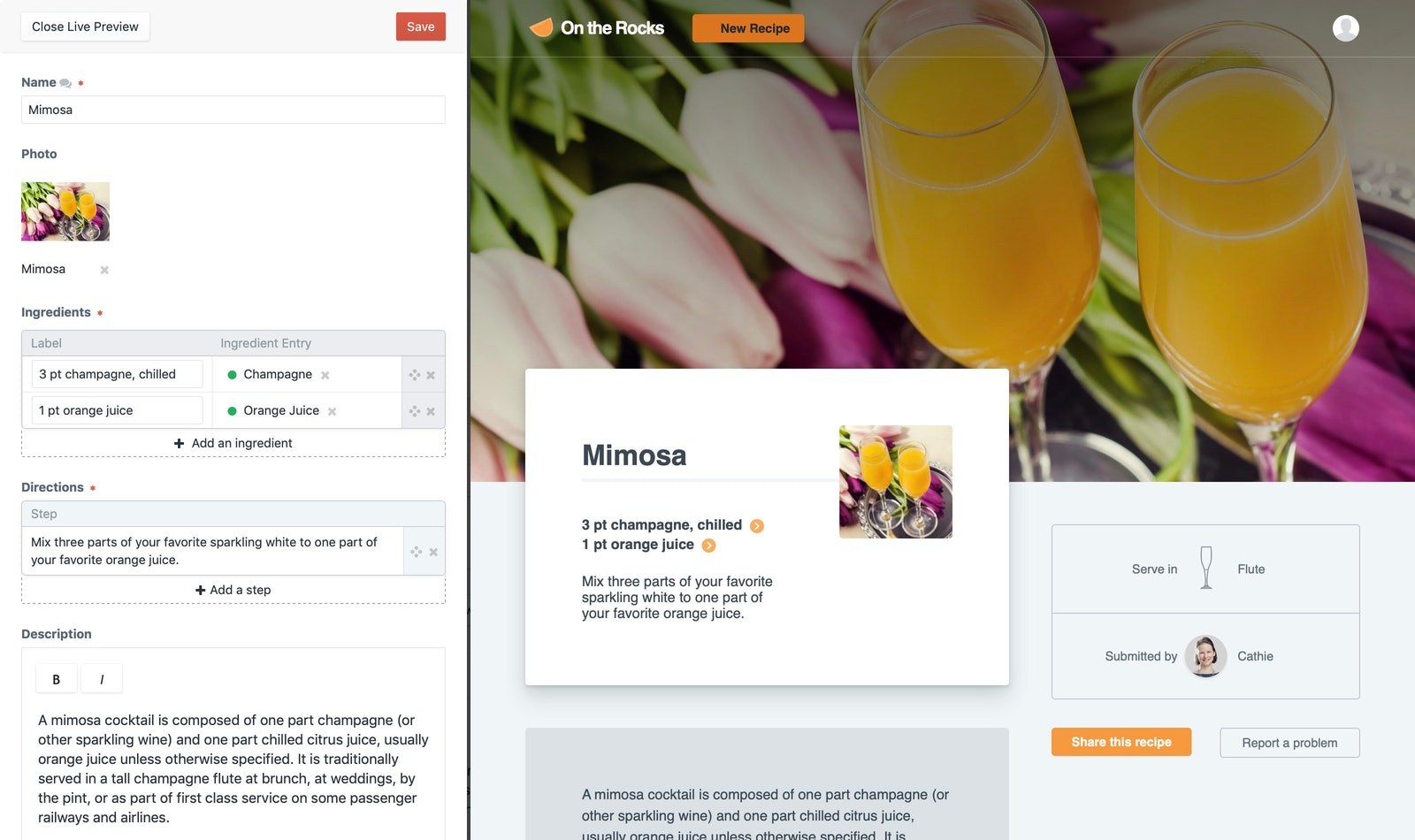Insight and opinion
The right platform for your brand
It might not be top of mind for many brands, but we’ve found selecting the right website technology platform to be as important as designing the perfect logo, choosing the most appropriate colour system, and defining the most resonant message proposition.
By this we mean choosing the platform which most accurately reflects your brand’s position from the 100+ currently available.
We’re all familiar with the top five or so platforms (Wordpress, Squarespace, Wix, Drupal, Joomla), but below this top tier sit those that can be far better equipped to support a UX that reinforces your brand attributes.
But too often, limited developer resource, system familiarity, and time and cost restrictions are the issues which ultimately dictate the selection of a platform. The result is a website that doesn’t have the means to present your brand in the manner you want, or which is difficult to maintain, update or edit.
So here are our suggestions for technology platforms we believe are best equipped to host a range of websites.
Ecommerce

Ecommerce platforms come in all shapes and sizes, and this matters when deciding the best tool for the job. There’s no perfect ecommerce system and the merits of each should be evaluated when scoping out a project.
For example, large and scalable businesses might opt for something like Magento, which has a system code designed for robust, multi-channel sales on huge scales. Conglomerates may choose to extend with Magento Enterprise, which is architected to resolve challenges faced by big names in retail, think Argos, ASOS.
SMEs tend to go with a mixture of Ecommerce performance and usability, Craft Commerce springs to mind, WooCommerce is also a competitor for this slice of the market.
Smaller businesses and startups are taking advantage of the instant pop-up web shop tools such as Shopify, Big Cartel, and even unbranded tools such as Depop. Tools like Shopify thrive because of how fast you can set up a good looking shop. Their obvious drawback is the limited extensibility, and requirement for well thought-out design and development if you wish to scale up and develop a unique brand.
Your choice of Content Management System (CMS) may also influence your ecommerce choice. Many blogging platforms have shopping cart add-ons e.g. WooCommerce for WordPress, and Craft Commerce for Craft. Both of these systems are ideal for smaller shops.
Image-based websites

If selling your products would be helped by beautiful imagery, choose carefully. For example, uploading a high quality image to WordPress results in a lower-quality version being rendered. This is because the system automatically optimises them to ensure customers on mobile-data or low-speed connections can still load them. While this is great for most websites, it’s a terrible feature if image quality is a must.
A better option is Craft, which offers an Image Editor feature within the CMS as standard. It gives you complete control over how your images render to your website visitors.
Text-heavy websites

When developing a CMS website, bear in mind the experience of the people editing the text. If editing content is painful and has a bad UX, admins are unlikely to produce the quality content you’re looking for.
Our CMS of choice (Craft) comes standard with Live Preview tools that let admins edit their content in situ, knowing exactly how it will display.
If collaboration is key

Modern CMS websites support revision history, allowing teams to review each other’s changes, comment on them, and this encourages them to collaborate to produce the best content a team can produce rather than an individual.
Craft has several features to support this, including Live Preview, Revision History, and Entry Notes. Meaning admins can edit their content, knowing how it will render on the front-end, knowing they can revert back to their own or other editor’s versions, and make notes about what they’ve changed, so the whole team knows what’s changed.
WordPress has similar features, but also notifies the editor when another team member is making changes, this means that there’ll never be a situation where one editor overwrites another’s work.
Loading speeds
It’s important that your technology platform takes advantage of the latest technology. PHP 7 is now a staple of modern web development and has improvements of around twice the load speed of previous versions.
Technologically speaking, CMS options like Craft which use MVC architecture to manage the backend code are generally superior because it’s the best practise for writing efficient code. Other options such as WordPress have very messy codebases because their code has been written in a way that runs code that may not be necessary for the loading of a page, meaning that often when an end-user loads a page, they will have to wait for all the backend code to be parsed by the browser before they can interact with the site.
After reviewing the big-hitters in the CMS/Ecommerce market, we’ve come to find that Craft has superior intuition, user-experience, and efficiency of content administration. We talk about this in more detail in our comparison of Craft and Wordpress.